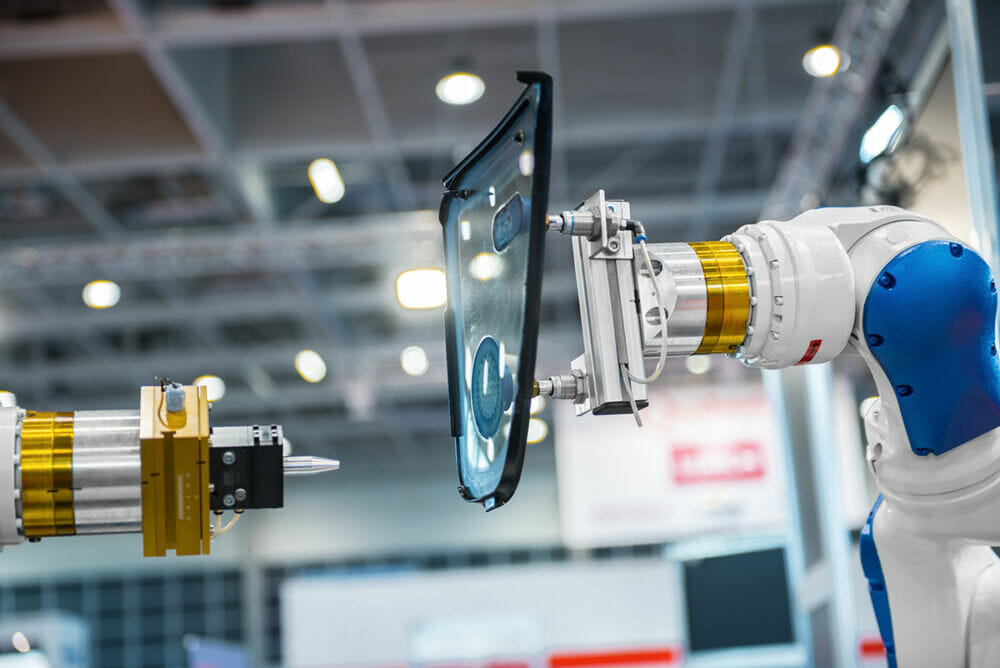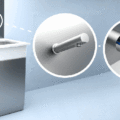~ The advantages of low-code and no-code robotics platforms in manufacturing ~
The manufacturing industry is currently experiencing a shortage of science, technology, engineering and mathematics (STEM) skills. At a company level, this can cause a decrease in innovation and reduce profit margins. This skill shortage is apparent in the UK manufacturing and engineering sectors, where 85 per cent of managers reported struggling to find a suitable candidate. Could low-coding and no-coding robotics be the key to solving the sectors skill shortage? Here Neil Bellinger, head of EMEA at automation parts supplier EU Automation, discusses the use of low-code and no-code robotics in manufacturing and the advantages of this technology.
The transformation to programming as we know it through the introduction of low-code and no-code platforms makes the implementation of robotics in automation more accessible. Low-code and no-code robotics simplifies complex programming using visual modelling and drag-and-drop user interfaces. Therefore, little to no programming knowledge is required.
Low-code automation platforms usually comprise built-in visual modules which are quick and easy to use. However, these platforms do require some coding knowledge when implementing complex or specific interactions. Although those with no coding experience can use low-code automation, there is still a need for coding at points.
No-code automation platforms, on the other hand, require no coding knowledge. Users instead automate processes through graphical user interfaces rather than traditional programming. The interface works via drag-and-drop boxes that imitate user interactions with a computer. These platforms completely remove the need for technical knowledge and are designed to accelerate the automation process.
Advantages of application
Low-code and no-code robotics applies to various processes in the manufacturing industry, from material handling to welding. For example, due to the easy-to-use format of no-code platforms, robots can be reprogrammed easily for different jobs via the adjustment of their arm. While companies would once require multiple robots, now a simple adjustment can be made by a non-technical person, saving companies time, space and money.
One of the ways this technology benefits the manufacturing industry is by addressing the STEM skills shortage in the industry. The use of low-code and no-code platforms in manufacturing increases the flexibility and autonomy of automation. The high level of feature richness and integrations allow for the automation of any process to meet the companies demands, providing more opportunities for employees and potential employees with no technical background.
The application of no-code robots and cobots can benefit manufacturing companies through a higher return on investments (ROI), decreased operating costs, and improved reliability and precision. However, this kind of investment may prove expensive for smaller manufacturers due to the initial cost of implementing these robots.
The trend of low and no-coding platforms is rising, with 84 per cent of enterprises in the US, UK, Canada and Australia implementing low-code development platforms to lessen coding needs. This interest in low and no-code is likely to rise in the future. At EU Automation, we always look for the latest trends in automation. From HMIs and displays to motors and encoders, we provide for all needs, helping manufacturers progress and democratise the field of robotics.
To find out more about our list of products, head to https://www.euautomation.com/uk.





